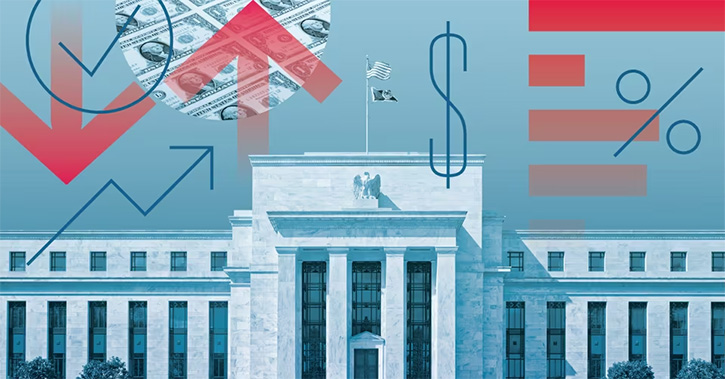High drug prices have been making headlines recently, with a recent U.S. Senate hearing into the matter earlier this week.
Should investors inject their portfolios with some pharma exposure to get behind this trend? Or are there dangerous side-effects to watch out for when getting behind companies selling thousand-dollar doses?
“Pharmaceutical companies are one of the few permanent, non-cyclical businesses out there,” says Paul MacDonald, CIO of Harvest Portfolios Group and portfolio manager of the Harvest Healthcare Leaders Income ETF (HHL), pointing out that the drug pricing debate isn’t new.
There are many positive catalysts ahead. But to understand the risks, you’ll need an understanding of where these prices are coming from and what the hostile rhetoric means for pharma companies.
It is important to take the political grandstanding with a grain of salt, says Eden Rahim, portfolio manager of the Next Edge Bio-tech Plus Fund.
MacDonald agrees, “Drug prices make for an easy target because the sticker shock is seen directly by individuals and is a way for politicians to resonate with them. Pharmaceutical companies historically have gotten painted with the brush that rising costs are solely attributed to them.”
The reality is that the drug pricing process is very complex.
What is the formula for success?
“There are a wide range of rationales for price increases,” says Damien Conover, Director of Healthcare Equity Research at Morningstar. Reasons include the cost of R&D spent to expand drugs into new indications, inflationary healthcare pressures, and the need to offset the initial R&D costs to develop the drug in the first place.
“For every ten drugs that make it to clinic testing, only one will make it to commercialization,” says Rahim. “Drugs are not just priced opportunistically – but to recover the cost of all the other failed drugs along the way.”
Also add on the risks around bad PR and litigation around side effects, says Conover.
To get those drugs into the average American’s medicine cabinet, they’ll need to go through a long list of intermediaries including manufacturers, wholesalers, distributors, the prescribing doctor, pharmacy benefit managers, insurers and then the pharmacy itself, with each of them taking a piece of the profit pie.
MacDonald points out that a pharmaceutical company likely makes $40 on each $100 pill.
Rahim points to Gilead Sciences (GILD), hauled over the coals for its US$1,000 Hepatis C pill ‘Sovaldi’. The full treatment costs US$88,000 and has a 99% cure rate, while the existing lifetime treatment costs up to half a million dollars to put some patients in remission at best, he noted.
Regulatory headwinds – or tailwinds?
“I think one of the reasons we have seen the sector perform relatively well through 2018 was the change in the language coming from the US administration focusing on the middlemen and bringing more clarity to who is getting what in relation to the price,” says MacDonald, “and the pharmaceutical industry is willing to be at the table.”
The sector is happy to have increased pricing transparency, adds Rahim. And they’re happy to get rid of the rebates used to pay the middlemen – and pass the savings onto patients. There will be a lot of pushback from the middlemen of course.
MacDonald adds that real change in the public interest would come in the form of a wholesale change in the taxation and political system.
Pharma power
For all the risks and challenges, it’s worth noting that pharma companies are diversified to dilute the risks, says Conover.
And both MacDonald and Rahim say that the hearing and media coverage have had little effect on the stocks of pharmaceutical companies.
“Generally speaking the profitability of the drug companies has been strong, and the drug price increases help but are not critical for profitability levels,” adds Conover.
Positive catalysts ahead include an aging U.S. population and developing countries increasing demand for drugs, says MacDonald. “Genetics is in inning seven of a very long game of research and development,” says MacDonald, pointing to promising possibilities in oncology.
MacDonald prefers a steady, established approach to investing in pharma that leverages regulatory influence and international distribution channels through names like Merck (MRK) and Johnson and Johnson (JNJ).
Rahim shares an enthusiasm for cancer-targeting immunotherapies, as well as new developments around the central nervous system targeting diseases such as Alzheimer’s and depression. Trials of new treatments for Alzheimer’s, brain tumors and pain are the most progressed among medicines in development for neurological disorders.
Rahim prefers a small-midcap approach in his fund with companies that are earlier in the development cycle and that he believes are on the cusp of commercialization or acquisition. He approaches a complex and volatile sector where stocks are high risk, but high reward, and believes that therapeutics addressing currently unmet needs are the next generation of therapies.























